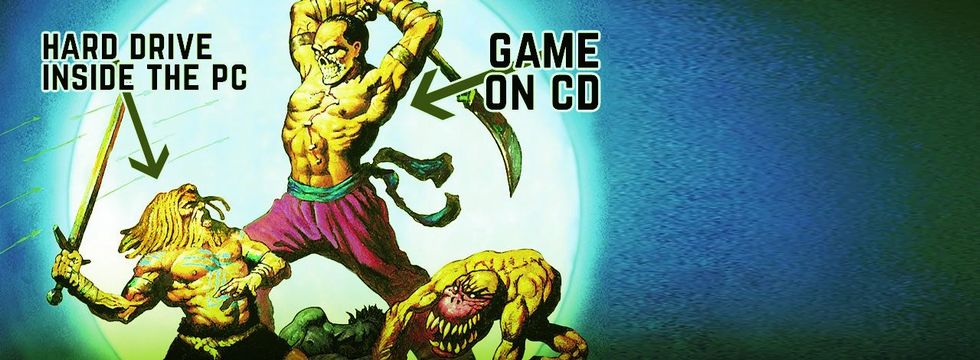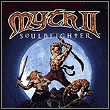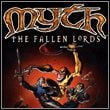The Most Costly Glitch in Video Games - 200k Faulty CDs That Nearly Buried Bungie
Bugs in games have been around forever. Sometimes, they're frustrating, sometimes funny. We tend to forget them quickly. However, there are exceptions – mistakes that can have a severe impact on the player, for example wiping your entire drive.
Is it possible to create a bug-free game? Looking at the current complexity of titles, and the fact that bugs were already present in much simpler productions from the 1980s, this seems doubtful. So we grew accustomed to slip-ups of devs who overlooked certain things in the creative process. With some distaste, but we generally accept that some bugs can also slip the net of the QA. Day-one patches became almost inseparable parts of game releases.
By now, we can swallow most glitches. Unloaded textures, NPCs doing bizarre things, vehicles and other objects shooting into space with ferocious velocity. Sometimes it spoils the immersion, and when it blocks further progress and forces you to restart, it's frustrating as hell. These things are joked about in memes and talked about in casual conversations. Such errors, however, do not become the stuff of legends. But others do, and we'd like to talk about one such legend today.
Myth II, or how to calibrate capabilities and ambition
Myth: The Fallen Lords , released in 1997, received a very warm reception. The game was certainly ahead of its times. Most players remember it as the first RTS that really required strategic thinking and allowed the commander to influence the course of battle with tactical decisions. In this fantastic and highly evocative world created by the American studio Bungie Software, it was not so much the size of the army that mattered, but how its capabilities would be used in battle.
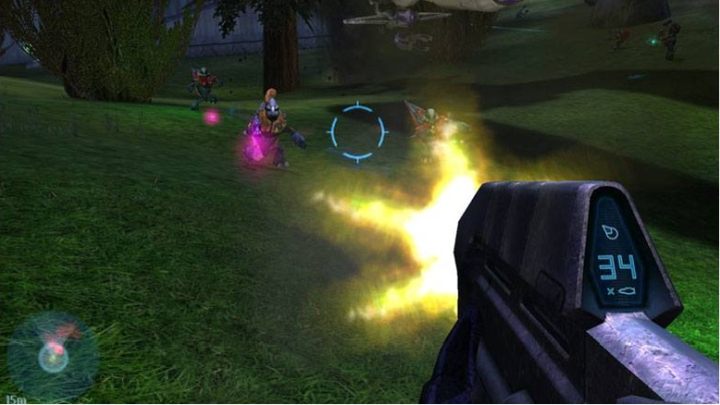
The success was undeniable. The authors decided to strike iron while it was hot and immediately set about developing a sequel. However, they didn't do their homework, and even though they knew very well that they had already been too ambitious with the first part, they set the bar higher again. The small team certainly didn't calibrate capabilities and ambitions. As a result of a killing pace of development, Myth II: Soulblighter debuted just twelve months after the original. At the same time, the game wasn't just capitalizing on the success of its predecessor. Players received much better graphics, a number of interesting and valuable changes to the game system, as well as two functional editors. The editors allowed fans with a creative streak to design their own maps and scenarios. This, of course, meant lots of pressure on the devs.
They wanted to have Myth II in the stores before Christmas, and to do that they had to have it finished at least two weeks before. They'd already missed their first target shipping date, November 1. On November 13 sheets of paper covered one wall of the room where they were working, each one listing bugs that had to be fixed and changes that had to be made. There were a lot of pages, but Jason Regier, the lead programmer, said, "It seemed there was an end in sight."
Bill Mahin, interview for the Chicago Reader
As is often the case in such situations, however, the rush also spawned glitches, including one of a magnitude that seems impressive even by today's standards. However, to give the situation a proper drama, let's try a small reconstruction of the events on the basis of stories from those times.
SMALL TEAM
What does "small team" and "undeniable success" mean? There are a whole of 31 names in the credits of Myth: The Fallen Lords. When it was created, Myth was the studio's most expensive and ambitious project. The complete budget for the game (with marketing) was about $2 million, but it paid off. The game sold 350,000 copies, which was an overwhelming commercial success. Myth debuted in 1997, and Bungie representatives said that between 1993 and 1997 their revenue increased by over 2200%.
A bug that deletes everything
Myth II CD are pressed and ready for shipping. They're expected to hit the stores any minute. Around the same time, a translator in Japa, decides to remove the installed game from the hard drive of her computer, as she has completed her part of the contract. The uninstaller completes the task quickly and efficiently. A moment later, the computer refuses to work, or even boot. It turns out that not only the game was deleted – the remaining contents of the hard drive, including the entire operating system, were also wiped.
The program, designed to clean up all traces of the game's presence on the disk, turned out a little officious. If the player choose an install location other than default, they risked a nasty surprise. Keep in mind that we're talking about the early 21st century, when limited disk space was an issue, so uninstallers were designed to get rid of everything connected with a game – including extra maps, scenarios from the editor, etc. As a result of a confluence of different circumstances, this was also the task of the program uninstalling Myth II. When the game was on the root drive and did not get a dedicated folder, then it will take with it all the contents, including system files...
Once the problem was discovered, Bungie had several angles to tackle this problem. Keep in mind, however, that it was operating as an indie developer with no support from a larger publisher. The team was very keen to maintain creative freedom, and its members were numerate and knew that having a publisher also meant sharing the profits, not necessarily in proportions favorable to them. Independence, in turn, meant financial rewards when the game was sold, but it also had its drawbacks. All of that marketing and logistic activity was draining Bungie's funds, depriving the studio of a financial base that would cushion a fall should any problems arise. Such as, for example, news of a bug that can wipe all data from the players' drives.
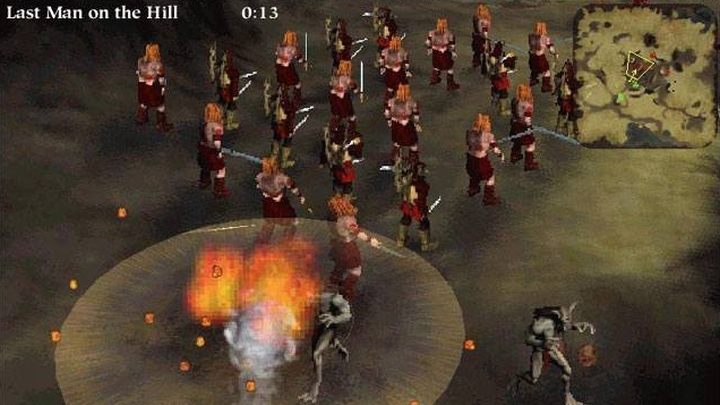
Many studios would act selfishly in this situation, short-sightedly leaping for profits. Bungie made a different decision. Appropriate corrections were quickly made and a statement issued warning the consumers. Many would probably stop there. However, the company took owned it up and conducted an extremely expensive, large-scale operation to update some 200,000 CDs to v. 1.1.
Fortunately, if the word fits this horror story, the game hadn't shipped to stores yet. However, it was already burned on CDs, materials were printed, and the whole thing was packed into boxes. Everything was ready. Bungie employees actually had to go to the pressing plant, rip the film, and replace the faulty discs. It all cost them almost all the profit the game made, but you know – it's better than a class action lawsuit.
bungie.net/Inside after web.archive.org
Alexander Seropian, one of Bungie's founders, later calculated that the decision to switch discs, as well as penalties resulting from delayed deliveries, cost the studio $800,000. Even today, it would be a painful price to pay for a mistake, even for much larger companies. The goal was achieved, however, and the vast majority of versions with the deadly uninstaller did not manage to spread too much harm to unaware PC owners.
The story of Myth II is just one of many tales of bugs that can make players' lives miserable. As presented we wrote in 7 Worst Bugs in History of Video Games, there were many similar situations and not every single one ended with a happy ending. Formatted PS2 memory cards by the Viewtiful Joe 2 demo, a glitch damaging the Donkey Kong Country 2 cartridge, or a bug in EVE Online update deleting a key system file are just a few of the spectacular failures of game developers you'll read about in that material.
The struggle for independence
As a small team, albeit ambitious one, imaginative, and meticulously building its name, the studio made a mistake that could have cancelled its entire future plans. This is a powerful example of how difficult the work of game developers can be. Sometimes, all it takes is one flop for the consequences to be dramatic, and for the story to end without a happy ending that Bungie luckily had.
The studio had managed to prepare sufficient capabilities in advance to cope with such a situation. The commercial success of the first iteration of Myth allowed for the opening of a second office in California with the team responsible for Oni. When the company was shaken by the Soulblighter earthquake, it already had a number of acclaimed productions in the back catalogue, an intriguing third-person action game at an advanced stage of development, gaining momentum, about to become another major smash hit. It all added up to form the pillow that cushioned Bungie's crash-landing.
Myth II, however, left a wound that healed slowly. The team knew how thin an ice they'd stepped on, and that a single major problem could set them back for good. They did not have the resources to afford another decision like that. And such a burden affected creativity and peace of mind, of course. So the difficult decision was made to sell 19.9% of the company to Take Two in August 1999, a month after Halo's official presentation, in exchange for a much-needed cash injection. At the same time, the company gained valuable support on terms it was willing to accept. Creative freedom and distribution rights remained in the hands of Myth's creators, who could additionally take advantage of the logistical facilities of their new partner, who would also handle game releases in Europe and Asia with them.

An interesting element of the deal between Take Two and Bungie was a provision allowing Rockstar Games to create console conversions of the studio's upcoming works. In the end, we only ended up with the PlayStation 2 version of Oni, which performed well, but not spectacular. As with the PC original, many viewers were disappointed by perceived shortcomings and unfulfilled promises, such as that of the multiplayer module.
From thence on, the story gained momentum. Bungie didn't avoid trouble in the making of Oni, but it also managed to catch the eye of the entire industry with its presentation of Halo. Less than a year later, the studio was bought by Microsoft, becoming part of the Microsoft Game Division. Authors had to come to terms with the idea of limiting, in some way, their previous creative freedom, in return gaining a peace of mind and opportunity they could not pass up. As Alexander Seropian recalled in June 2000:
If I were to look at the different platforms out there, I’d say the company I want to be making PC games is Blizzard, the company I’d want to be making PlayStation games is Square, the company I’d want to be making Nintendo games is Rare, and if we get to be the company making X-Box games, that kind of opportunity just doesn’t come along too often.
The company seized the opportunity while providing the security it needed so badly. In the same interview, Seropian himself candidly mentions this, saying that another crisis similar to that of Myth II would mean Bungie would have to sign a very unfavorable publishing deal, which would involve a significant reduction in original projects developed in-house from start to finish.
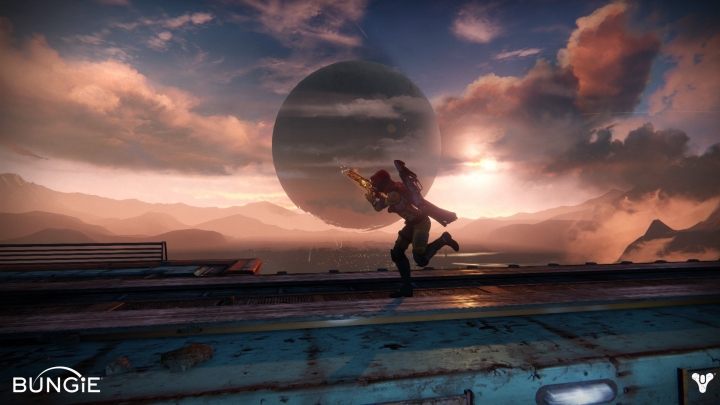
Maybe we needed this bug?
Bungie has bravely defended its creative freedom since its very inception. Various situations, such as the aforementioned costly Myth II bug or the lengthy work on Oni, have presented the studio with difficult challenges. From today's perspective, it can be said that the creators coped well. They defended their independence, acted honorably towards the fans who trusted them, and ultimately created more games loved by millions. Looking at the popularity of the Master Chief series in the United States and its importance in the days of the first Xboxes, and now the numerous fans of Destiny, we can say that the decisions made by the founders were the right ones. Who knows if we shouldn't even be thankful for that Myth II bug and its consequences. Maybe without it, Halo would be a completely different game, and Destiny would never have been made?
